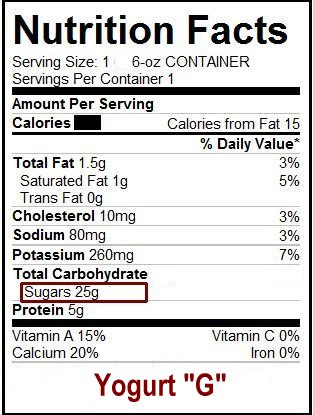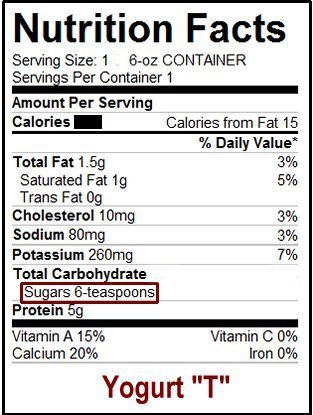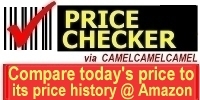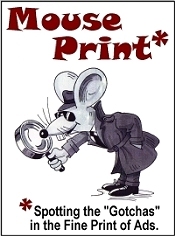
METRIC MEASUREMENTS ON NUTRITION LABELS MISLEAD MANY


(BOSTON, Mar. 5) - A new survey released today by ConsumerWorld.org found that many consumers cannot properly evaluate the nutritional value of the foods they eat because they do not understand the metric measurements used on nutrition labels for key ingredients, nor how to convert them to more commonly understood amounts.
As a result, the long-established consumer education website concludes that the nearly 20-year old FDA requirement to use only grams and milligrams on nutrition labels to express the sugar, fat, and salt content of products needs to be scrapped.
According to Consumer World, when testers were exposed to nutrition facts information where the amount of sugar in a product was expressed in grams rather than in common household measurements, up to 80% of them could not accurately say how much sugar that equated to, many significantly underestimated the actual amount of sugar in the product, and some overestimated how healthy the product was to consume.
For example, when asked whether 25 grams of sugar in a serving of yogurt was a lot or a little, less than 25% deemed the product "extremely sugary." However, when the same product was labeled as containing six teaspoons of sugar (the mathematical equivalent), twice as many -- nearly half -- characterized it as "extremely sugary."
In fact, when the two labels were shown side-by-side (see above graphic), about a third of respondents thought that the product labeled with 25 grams of sugar was healthier, and 40% thought it was less sugary than the one labeled with six teaspoons of sugar, despite the fact that they are actually identical. Less than half of those surveyed recognized this equivalence. And significantly more men than women could not accurately evaluate the metric measurements found on nutrition labels.
"Is it any wonder that so many people are overweight in this country, when nutritional labels that are supposed to alert the public to overly sugary or fatty foods fail to communicate that message effectively because they use metric measurements that most people can't equate to common household amounts," commented Consumer World founder Edgar Dworsky. "Using metric measurements on food labels is like putting a safety warning on a hazardous product but only in a foreign language."
Another survey question asked consumers to estimate how many teaspoons of sugar was in an unnamed 12-ounce beverage labeled as containing 39 grams of sweeteners. Their guesses were all over the map, with only one-in-five answering correctly. And, nearly two-thirds underestimated the actual amount of sugar, often by more than half. The unidentified beverage, not coincidentally, matched the nutritional specifications of regular Coca Cola, whose 39 grams of high fructose corn syrup is equal to about 9.2 teaspoons of granulated sugar per can. A teaspoon of sugar weighs about 4.2 grams.
Summing up their attitudes, nearly four-out-of-five respondents thought that a nutrition label that used common household measurements like teaspoons was a more meaningful way to express nutrient content than one expressed in grams.
"Everybody has an idea how much six teaspoons of fat or sugar is, but tell someone the same serving has 25 grams of those ingredients, and their eyes glaze over," explained Dworsky. "People can't make smart food choices if they don't know what they're eating."
Consumer World has sent the survey results to the Food and Drug Administration, suggesting that the agency consider revamping its nearly 20-year-old nutrition labeling rules to require the use of commonly understood household measurements instead of, or in addition to, metric system measurements on food labels.
The survey, conducted between February 20 and March 1, questioned 721 readers of Consumer World. As such, the survey is not considered a random survey, and its respondents, who were thought to be more interested in and more educated about consumer matters, may not be representative of the average citizen whose knowledge of food and nutrition labels may be even more limited.
A copy of the questionnaire is located at: http://www.consumerworld.org/pubs/nutritionlabelsurvey.pdf
A full tabulation of the survey results is located at: http://consumerworld.org/pubs/nutritionlabelresults.pdf

Enter an item, or preferably paste the Amazon URL (address)
|
Spot bargains by comparing its current price to its price history. |
ADV
Visit Our Sister Site
Every Monday morning, get a preview of the latest consumer stories and the Bargain of the Week in your email box...free! Sign up now.

Not an ad!
